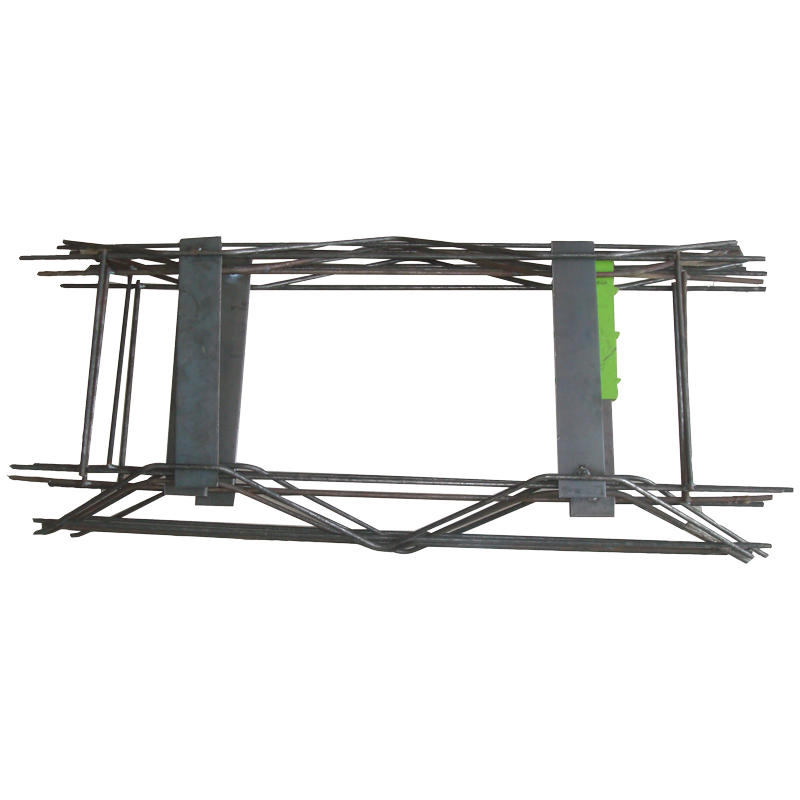
- Mobile Phone
- +8613931874955
- sales@cntcmetal.com
A Comprehensive Guide to Various Styles of Tomato Support Structures for Your Garden
Different Types of Tomato Cages A Guide for Home Gardeners
Growing tomatoes can be incredibly rewarding, but to achieve a bountiful harvest, providing the right support for your plants is crucial. One of the most effective ways to support tomato plants is by using cages, which help keep the plants upright, promote healthy air circulation, and prevent branches from breaking under the weight of the fruit. Here, we will explore different types of tomato cages, helping you decide which one suits your gardening style and needs best.
1. Traditional Tomato Cages
Traditional tomato cages are typically made from wire or metal and have a conical shape. They are designed to provide ample support as tomato plants grow tall and heavy with fruit. These cages are generally easy to find in garden centers and are available in various sizes. The advantages of traditional cages include ease of use, repeatability, and the ability to support indeterminate tomato varieties, which continue to grow throughout the season. However, they can sometimes be unstable in high winds, especially if not secured properly.
Stackable tomato cages offer a unique twist on the traditional design. Instead of being a fixed height, these cages can be assembled in layers. Gardeners can adjust the height as needed, making them ideal for both determinate and indeterminate tomatoes. They provide excellent support as the plants grow taller and can be easily disassembled for storage during the offseason. Some stackable cages are designed with wider bases for enhanced stability, reducing the chances of tipping over in strong winds.
3. PVC Pipe Cages
For DIY enthusiasts, PVC pipe tomato cages are an excellent option. By using PVC pipes and connectors, gardeners can easily construct custom-sized cages tailored to their specific plants. These cages can be lightweight yet sturdy, and they resist rust and rot, ensuring a long lifespan. Moreover, the open design allows for ample sunlight and air circulation. However, making your own cage requires some planning and tools, which might not suit every gardener.
different types of tomato cages

4. Wooden Tomato Cages
Another popular choice is using wooden cages, which can provide sturdiness and an attractive aesthetic in the garden. Wooden stakes can be arranged in a cube or rectangular form to create a cage that supports the tomato plants. These cages can be made from untreated lumber, ensuring they are safe for your plants. However, wooden cages may not last as long as metal or PVC options and may require maintenance to prevent rotting.
5. Trellis Systems
While not traditional cages, trellis systems are becoming increasingly popular among tomato growers. Trellises can be made from various materials, including wood, metal, or netting, and allow tomatoes to grow vertically. This method saves space and can facilitate a cleaner harvest since the fruit hangs freely. Trellis systems also provide excellent air circulation, helping to prevent disease. However, setting up a trellis can be more labor-intensive than simply placing a cage around the plants.
6. Collapsible Cages
Collapsible tomato cages are relatively new to the market and are perfect for gardeners with limited storage options. These cages can be flattened when not in use and easily set up when needed. They come in various designs, some featuring a flexible structure that can adapt to the growing plant's shape. While they provide adequate support, they may not be as durable as other options, so choose carefully based on your gardening needs.
Conclusion
Choosing the right type of tomato cage ultimately depends on the specific varieties you’re planting and your garden's layout. Each option has its pros and cons, and personal preference plays a significant role in the decision-making process. Whether you opt for traditional wire cages, DIY solutions, or innovative collapsible designs, the goal is to provide your tomato plants with the best support possible, leading to a healthy and productive gardening season. Happy gardening!
share:
-
Why Sacrificial Formwork Is Redefining Underground ConstructionNewsJun.06,2025
-
The Structural Dynamics of Modern Concrete: How Snake Spacers Revolutionize Flexible ReinforcementNewsJun.06,2025
-
Snake Spacers Smart-Lock Concrete Reinforcement with Surgical PrecisionNewsJun.06,2025
-
Snake Spacers: Reinforcement Precision for Modern Concrete ProjectsNewsJun.06,2025
-
Snake Spacers Powering Concrete's Structural DNANewsJun.06,2025
-
Slither into Success: Snake Spacers' Precision Bite for Unbreakable ReinforcementNewsJun.06,2025
-
Sacrificial Formwork: Building Stronger, Faster, and Safer StructuresNewsJun.06,2025



















